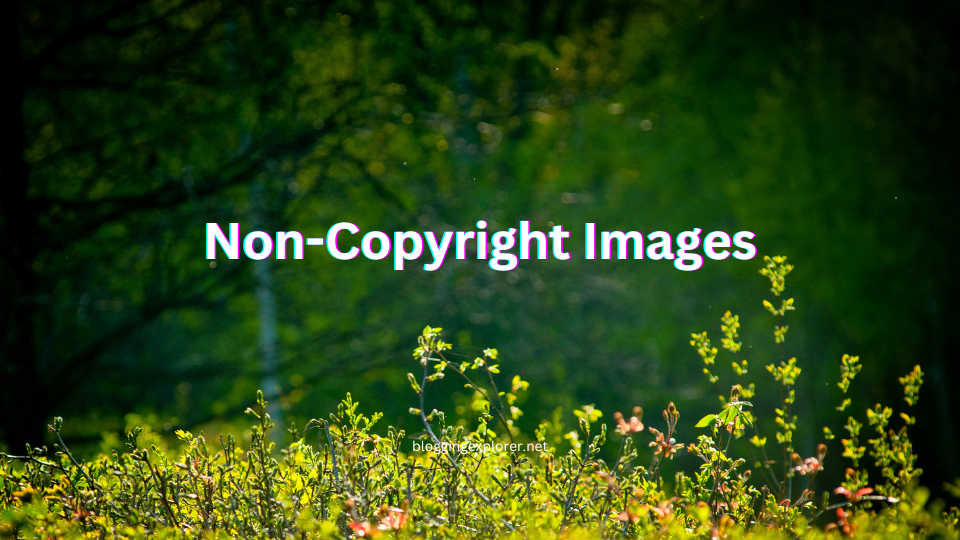In the digital age, images are a vital component of any website, enhancing user experience and aiding in storytelling. However, sourcing images that are both high-quality and free from copyright restrictions can be challenging. This article aims to guide you through the best practices for finding non-copyright images, ensuring your website remains visually appealing and legally compliant.
Understanding Image Copyright
Before diving into sources for images, it’s crucial to understand image copyright. Generally, images are copyrighted by default, meaning the creator holds exclusive rights. Using such images without permission can lead to legal issues. To avoid this, look for images that are either in the public domain or offered under flexible licenses like Creative Commons.
- Utilize Public Domain Images
Public domain images are a treasure trove for website designers. These images are free from copyrights either due to their age or because the creator has relinquished their rights. Websites like Pixabay, Unsplash, and Pexels provide extensive collections of high-quality public domain images suitable for various uses.
- Explore Creative Commons Licensed Images
Creative Commons (CC) is an organization that provides flexible copyright licenses. Images under these licenses often require just attribution and can be used for commercial purposes. Websites like Flickr and Wikimedia Commons host a large number of CC-licensed images.
- Use Advanced Search on Google Images
Google Images offers an advanced search tool that allows filtering by usage rights. You can specify images labeled for reuse, commercial use, or modification. However, it’s advisable to double-check the image’s license on the originating website to confirm its usage terms.
- Check Stock Photo Websites with Free Sections
Many stock photo websites have sections dedicated to free images. These platforms like Shutterstock and iStock offer a selection of free images with standard licenses that are safe for website use. Regular visits can help you find fresh and diverse content.
- Consider Free Image Repositories Specific to Your Niche
Depending on your website’s niche, there may be free image repositories tailored to your needs. For instance, science websites can benefit from free resources like NASA’s image library, which offers a wide range of space-related images.
- Create Your Own Images
When feasible, creating your own images is the safest way to ensure they are free from copyright issues. This approach also adds a unique and personal touch to your website.
- Be Wary of Image Sharing Sites
While image-sharing sites like Pinterest and Instagram are full of inspiring visuals, images here are typically copyrighted. It’s best to avoid using images from these platforms unless you have explicit permission from the creator.
Conclusion
Finding non-copyright images for your website requires a blend of understanding copyright laws, utilizing various resources, and sometimes creating your own content. By following these tips, you can enrich your website with appealing visuals without the worry of legal complications.
FAQs
Q: Can I use any image I find on a public domain website?
A: Yes, images on public domain websites are free to use without the need for attribution or permission.
Q: Is it necessary to credit the creator for a Creative Commons licensed image?
A: Yes, most Creative Commons licenses require you to give appropriate credit to the creator.
Q: Are images found via Google’s advanced search always free to use?
A: Not necessarily. It’s important to verify the license on the original website to ensure the image is truly free to use.
Q: Can I use images from social media platforms on my website?
A: Generally, it’s not advisable unless you have explicit permission from the image’s creator.
Q: Is it better to create my own images for website use?
A: Creating your own images is a surefire way to avoid copyright issues and adds uniqueness to your site, but it may not always be feasible depending on your skills and resources.

